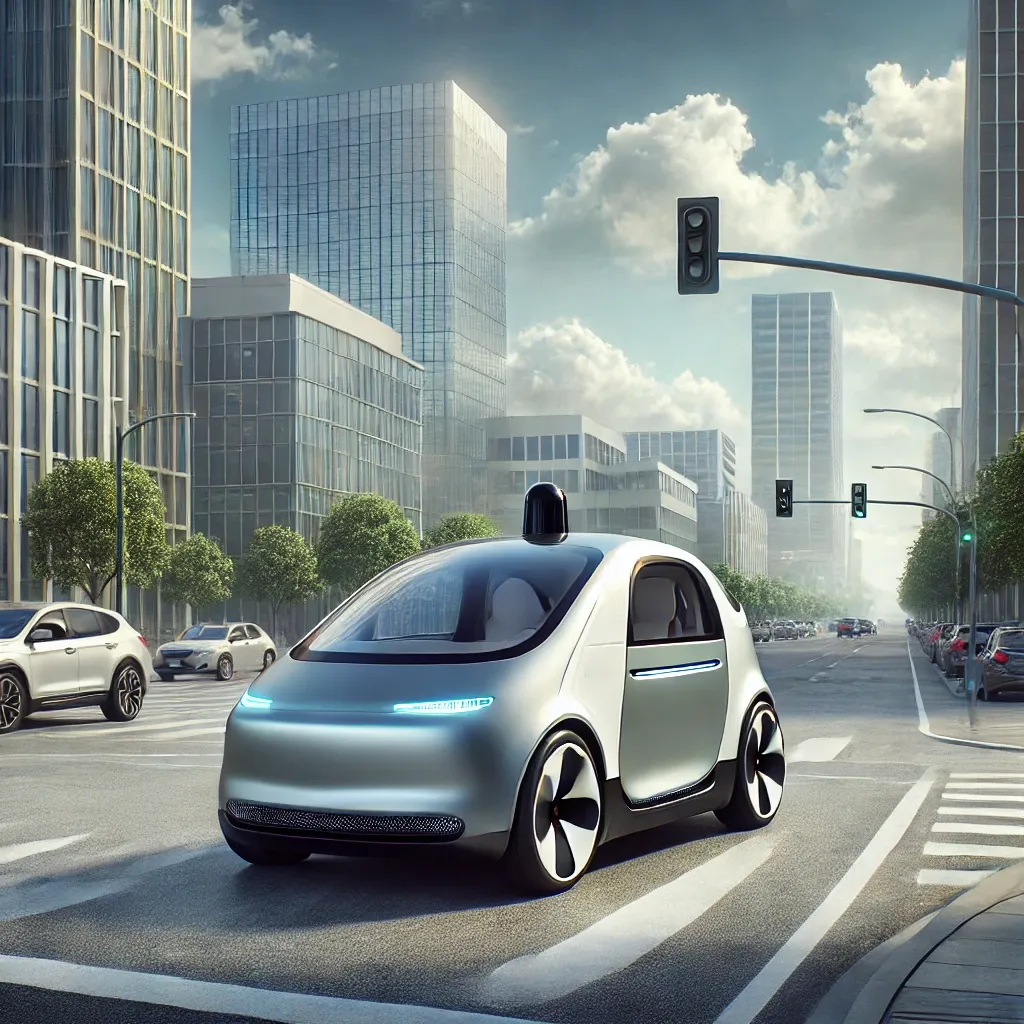The robotaxi market is revolutionizing urban mobility with autonomous technologies reshaping how we experience transportation. Companies like Tesla, Waymo, and Cruise have introduced fleets of self-driving vehicles, promising to make commuting easier and more efficient. But what is driving the sudden rise in demand for robotaxis, and how does the future of this market look? Let’s dive deep into the industry’s current status, challenges, and upcoming trends.
Robotaxi Market Forecast
The growth of robotaxis is anticipated to reach unprecedented levels within the next decade, reflecting both technological advancement and a societal shift toward sustainable, automated mobility. Autonomous vehicles reduce labor costs, increase safety, and promote environmental goals, which is why various companies and governments are betting on this sector.The robotaxi market size is projected to grow from $2 billion in 2023 to nearly $75 billion by 2030, according to industry analysts. This robust growth is attributed to the following factors:
- Increased demand for electric vehicles (EVs): Many robotaxis run on electric platforms, boosting environmental benefits.
- Rising urbanization and congestion: Autonomous ridesharing services can reduce traffic and alleviate overcrowded public transportation.
- Favorable government policies: Authorities in China, the U.S., and Europe are easing regulations to promote pilot programs.
- Advanced sensor technology: LiDAR and radar innovations ensure safer and more efficient rides, even without human intervention.
Tesla aims to deploy fully autonomous robotaxis soon, though the company has encountered some delays due to regulatory and technical hurdles. With over 30 players competing, including Waymo and Baidu, the robotaxi sector shows incredible promise.
Robotaxi Tesla Delay
Tesla’s push for autonomous vehicles faces scrutiny over delays in achieving full autonomy. Elon Musk initially promised an operational robotaxi service by 2020, yet several challenges remain, especially with regulatory clearances and AI reliability. Tesla’s approach emphasizes full self-driving (FSD) software without LiDAR, making it distinct from competitors like Waymo, which rely heavily on LiDAR-based mapping.Tesla’s delays reflect common industry struggles:
- Safety validation: Autonomous driving requires testing billions of miles under various conditions.
- Complex regulatory environment: Local governments need time to approve and regulate autonomous fleets.
- Software improvements: Tesla continues to release updates, but full autonomy at Level 5 remains a challenge.
- Customer perception and trust: Public trust is essential to adoption, and Tesla must overcome skepticism about driverless technologies.
Despite setbacks, Tesla remains optimistic about releasing its autonomous fleet. Once launched, these robotaxis will revolutionize the sharing economy by offering affordable, autonomous rides that can compete with traditional ride-hailing services like Uber and Lyft.
Robotaxi Companies Expanding Worldwide
A growing number of robotaxi companies are testing and expanding operations globally. China’s Baidu, for instance, already operates robotaxis across major cities, leveraging its Apollo platform. Similarly, Waymo has launched a commercial driverless taxi service in Phoenix, Arizona, providing residents with a glimpse of the future.Here is an overview of key players leading the charge:
- Waymo: The Google subsidiary offers Level 4 autonomous driving, with no human driver onboard in select locations.
- Cruise (GM): Currently testing fleets in San Francisco, with expansion plans across the U.S.
- Baidu: China’s largest autonomous vehicle program, Apollo, focuses on large-scale urban deployment.
- Zoox (Amazon): Developing custom-built robotaxis optimized for passenger comfort and safety.
- Tesla: Although delayed, Tesla’s FSD aims to lead the industry with its AI-powered, driverless cars.
Countries like Germany, Japan, and the U.K. are also setting the stage for robotaxi operations, aligning national policies with the ongoing technological revolution. The robotaxi space promises to unlock new business models, including subscription-based autonomous travel and on-demand shuttling services.
Conclusion
The robotaxi market stands at the forefront of urban mobility transformation. As companies overcome regulatory and technical barriers, the sector will grow exponentially, ushering in an era of sustainable and autonomous travel. While Tesla faces delays, other industry giants like Waymo and Baidu continue to pave the way for large-scale deployments.”Success is not final, failure is not fatal: It is the courage to continue that counts,” as Winston Churchill once said. In the coming years, perseverance will be the key for companies striving to make autonomous mobility a reality. Robotaxis will likely become an essential part of city life, offering convenience, safety, and efficiency—transforming not only how we move but how we live.






